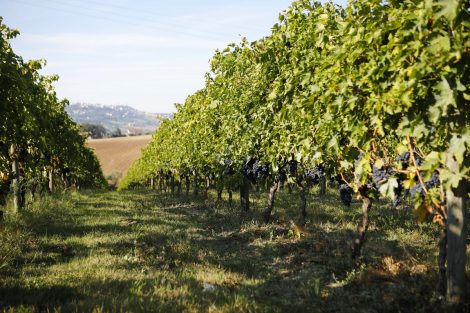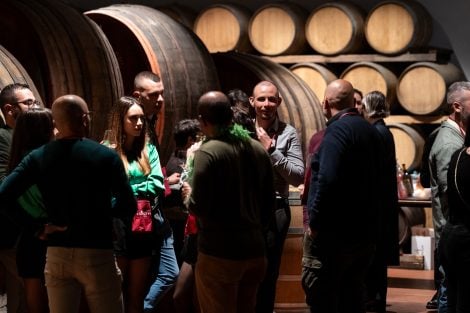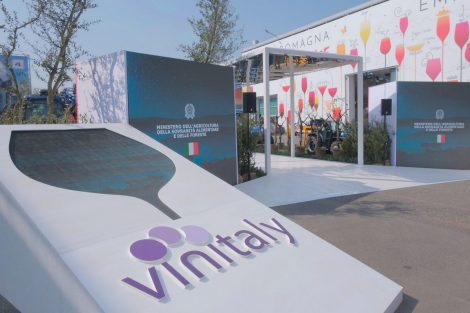One of the aspects we often challenge ourselves with is re-tasting the labels we have sampled for the editions of the Guides we work on. Because tasting a wine during the summer tasting sessions helps us to try and capture its essence, but above all, to intuit its potential. In Verona, during our Tre Bicchieri event, we had the opportunity to revisit the tasting of some Rare Wines — the new section introduced in Vini d’Italia, an appendix dedicated to limited-edition wines that aim to project into the glass a vineyard, a particular project, the desire to stand out from the rest of the range, or to raise the bar. And so, several months after the release of the Guide, we went back to check the condition of some labels selected in the Rare Wines project.
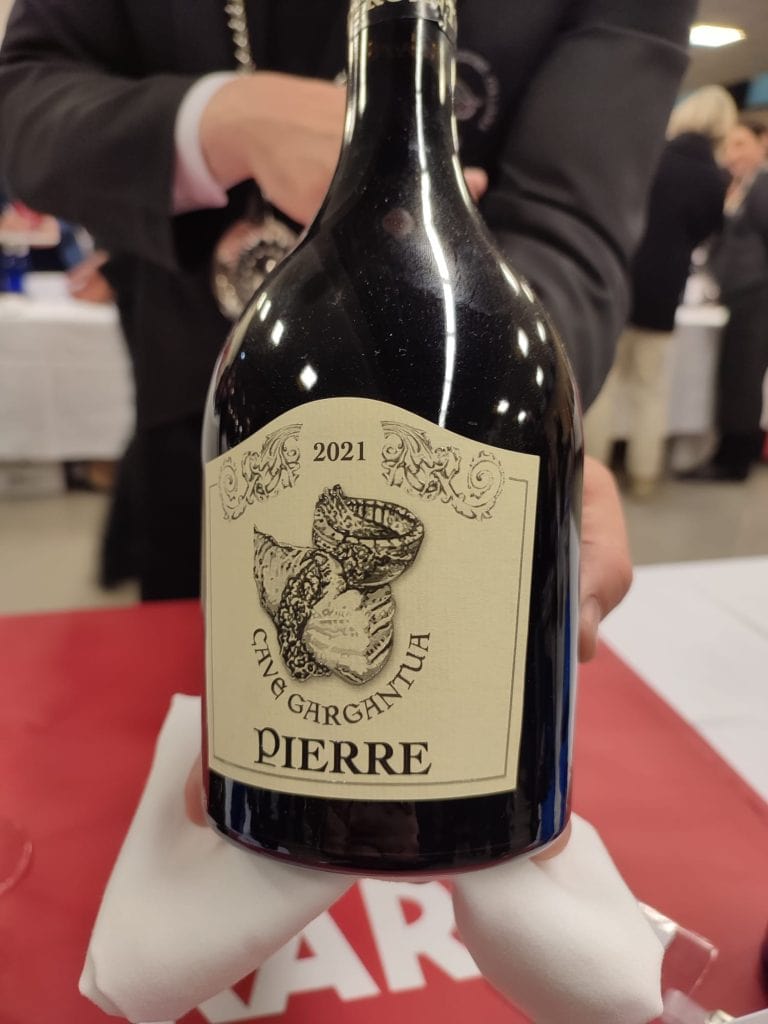
Vda Pinot Noir Pierre ’21 – Gargantua
Laurent and André Cunéaz continue the family’s work, carrying on a winemaking tradition steeped in the customs and heritage of the Aosta Valley community — but in a modern style. Their wines are all structured and elegant while maintaining the freshness and edge that only the mountains can impart. Pierre is a Pinot Noir grown between 550 and 750 metres above sea level. It reveals itself slowly: initially a little introverted, offering balsamic and fresh herb sensations; then a fleshy fruit component reminiscent of strawberry takes over. A floral puff opens the way to a fragrant sip that clearly echoes the olfactory notes. The tannin is elegant and fine, the finish pleasant and juicy.
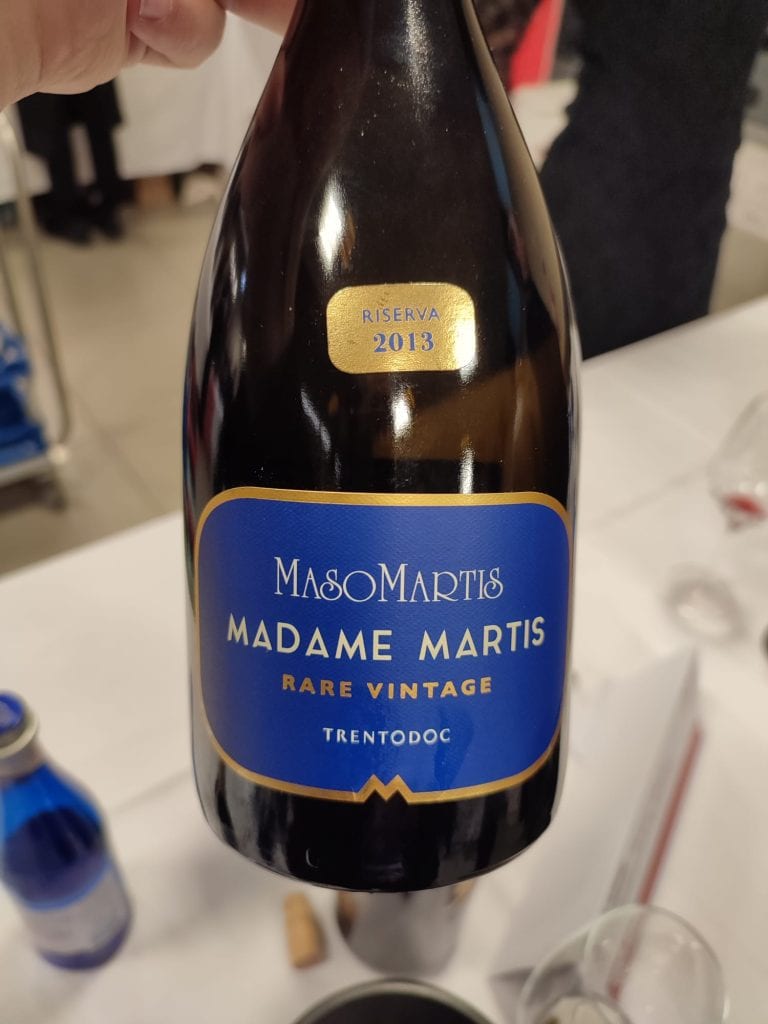
Trento Brut Madame Martis Ris. ’13 – Maso Martis
The winery was founded in the 1990s by Antonio and Roberta Stelzer, and today their daughters Alessandra and Maddalena have joined the venture. The secret to the winery’s success lies in the close-knit team, which pays great attention to detail, vineyard health, and environmental protection. A truly microscopic production for this cuvée dedicated to Roberta, the madame of the house. A classic blend of Pinot Noir, Chardonnay and Pinot Meunier, with nine long years spent on the lees, resulting in something quite incredible. Sometimes complex things create distance — here, however, we gladly make the effort to focus on a nose with a thousand facets. Mountain butter, aromatic herbs, a faintly smoky and toasted touch, lemon pulp chasing one another on a vertical, three-dimensional, savoury and deep palate.
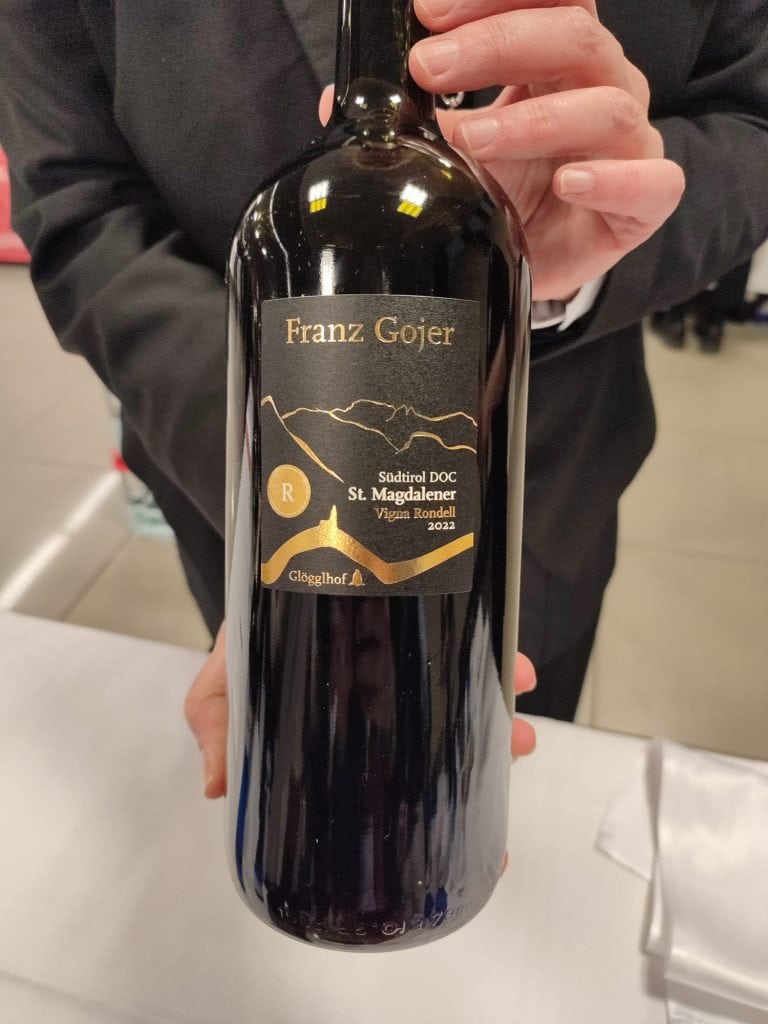
A. A. Santa Maddalena Cl. V. Rondell R ’22 – Glögglhof
Franz Gojer runs his Santa Maddalena estate, supported by his wife Maria Luise and son Florian. His Vigna Rondell R ’22 was making its debut when we first tasted it last summer — a Santa Maddalena that pushes the boundaries of the type, exploring complexity and aromatic layering without losing sight of drinkability. Currants and blueberries marry more complex sensations of medicinal herbs and spices. Very elegant, the sip retains the classic smoothness of the type, with a slightly almondy note on the finish.

Greco di Tufo Le Arcaie di San Pio ’22 – Passo delle Tortore
Passo delle Tortore confirms itself as a project devoted to quality. We are in Pietradefusi, where Irpinia almost gives way to the Benevento area. In Contrada Vertecchia, four young female entrepreneurs, with the collaboration of a young oenologist, decided to start a winemaking activity using a vineyard of just over five hectares. Le Arcaie di San Pio ’22 has improved since last summer. Some of the sharper edges have softened, and the wine now seems perfectly blended in all its components. Lemon zest, a hint of smoke, iodised notes, and white flowers make up a mix that reverberates on the palate, which month after month is finding its shape, with tension and verticality as its focus.
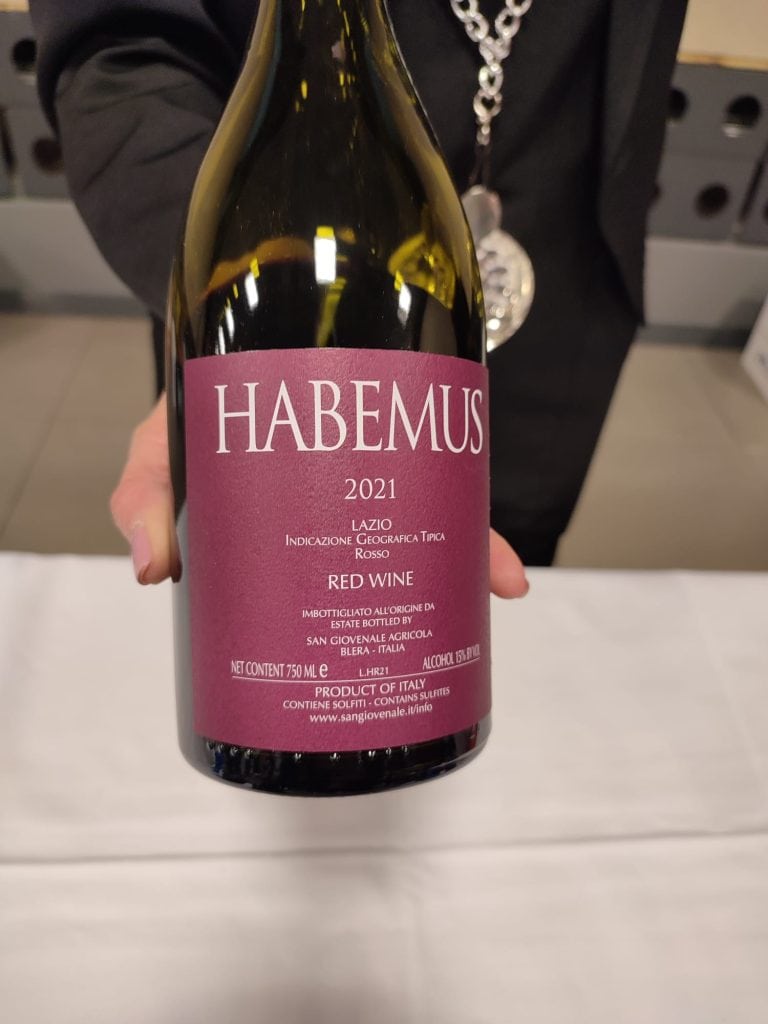
Habemus Cabernet Et. Rossa ’21 – San Giovenale
It was love at first sight for the just-twenty-year-old Emanuele Pangrazi with these lands of Tuscia around Blera. Then came the vision and the study, always inspired by the greats of international wine, but experimenting in his own way. Hence his choices: planting varieties like Grenache, Carignan, Syrah, Cabernet Franc. The grapes for the Etichetta Rossa come from a vineyard of just under one hectare, planted at very high density (13,000 vines). The nose still offers medicinal herbs, rhubarb, and gentian, softened by fleshy black fruit and toasted notes. The palate is marked by dense yet rounded tannins, perfectly extracted; it’s rich, enveloping, and endowed with substance that still needs some time to fully unfold.
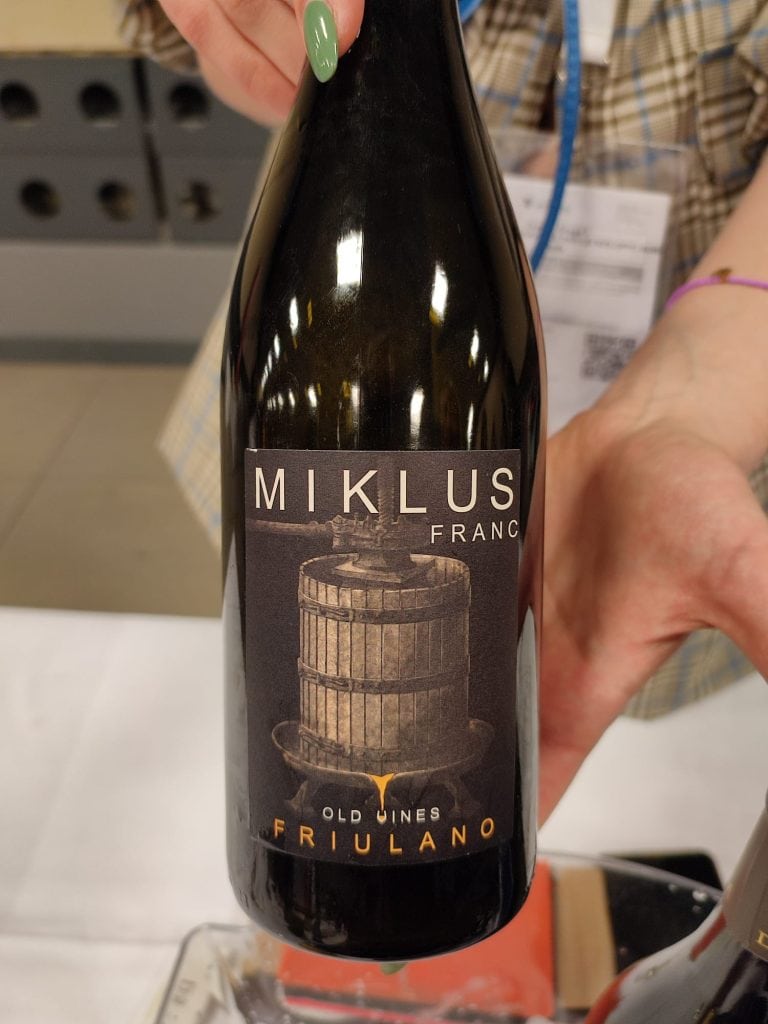
Collio Friulano Miklus Francesco ’19 – Miklus
In 1982, Milan Miklus took on the responsibility of managing the family business, which at the time had only one hectare of vineyard. He went on to reconvert the remaining land by planting vineyards, and ten years later began bottling his wines. The baton has now passed to his son Mitja: in the cellar, father and son employ methods that are part modern and part ancestral. Francesco comes from over sixty-year-old Friulano vines planted in San Floriano del Collio. After around 30 days of maceration and a long bottle ageing period, the wine reveals an intense bouquet that clearly recalls peach, fading into white flowers and spices. On the palate, it surprises with its compelling pace, endowed with weight but driven by acidity and savoury undertones.

Barolo Bussia Briccotto ’20 – Domenico Clerico
The story of this Monforte d’Alba winery coincides with the story of one man — Domenico Clerico — who revolutionised viticulture in the Langhe by embracing new principles as far back as 1976, when he took over the family estate. Domenico Clerico passed away in 2017, and his legacy is now carried forward by his wife Giuliana Viberti along with a determined team. Just nine rows for a great red that comes from the Briccotto parcel of the Bussia Soprana cru. The first vintage dates back to 1978, and since then it has only been produced in the best years. When Barolo manages to combine complexity with indulgent fruitiness, small masterpieces are born — as in this case, where fragrant red flowers, fresh cherries, liquorice and a subtle hint of spice lead into a juicy mouthfeel where each sip is marked by beautifully precise tannins.
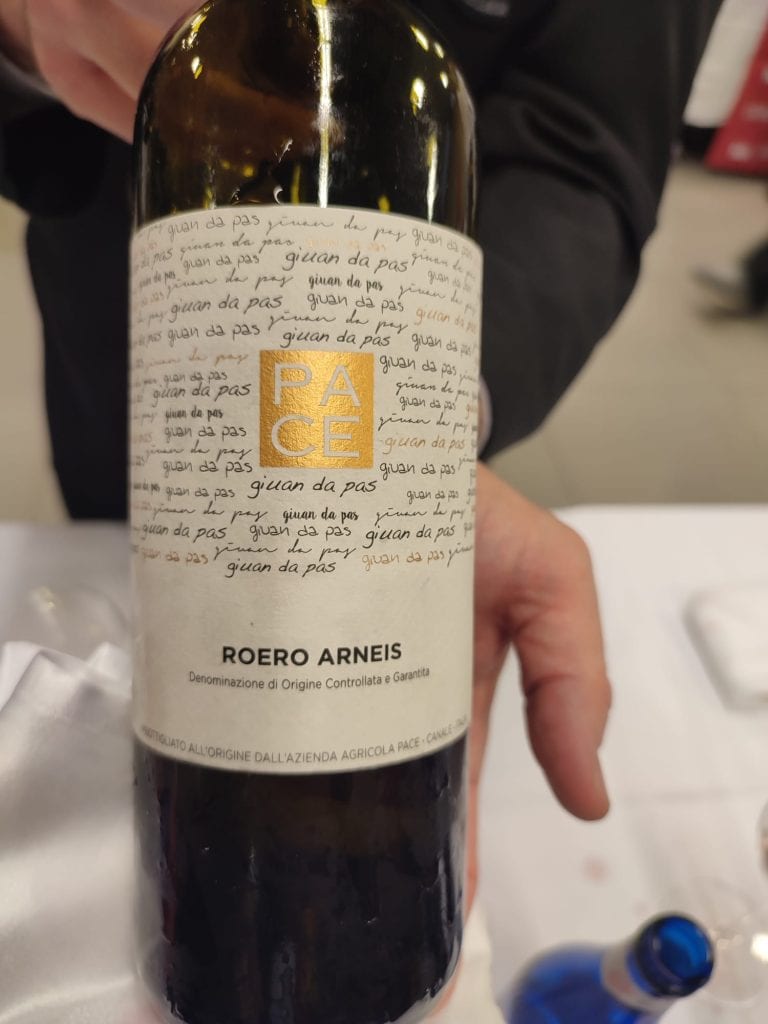
Roero Arneis Giuan Da Pas ’15 – Pace
For four generations, the Negro family has been cultivating vines on a hill overlooking Canale, in an area known as Pace, one of the most wooded and coolest spots in the entire municipality, on medium-textured soils with a sandy dominance. The Roero Arneis Giuan da Pas is a wine vinified and matured for a few months on fine lees in stainless steel, but released from the cellar only after ten years of bottle ageing. The re-tasting confirmed the impressions we had last summer: the aromatic profile is rich, recalling citron and white pepper, but it has since developed a lovely sensation of sweet almond and aromatic herbs. Its great longevity is also confirmed: the sip is clear, still vibrant, and full of flavour and depth.
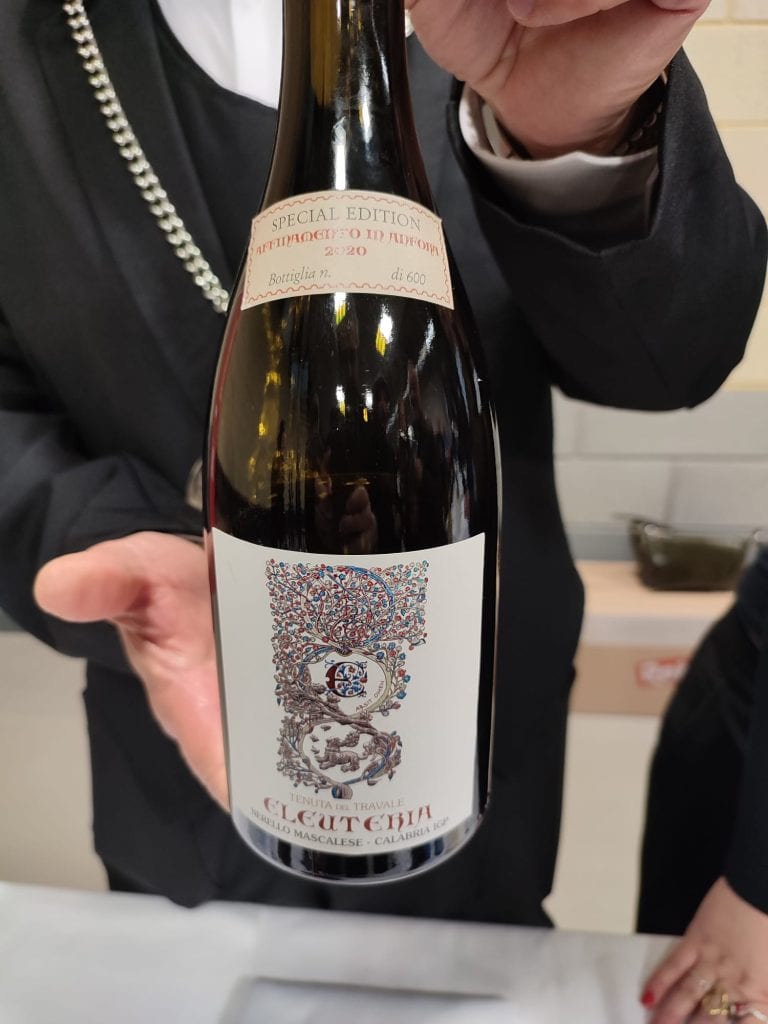
Eleuteria Special Edition in Amphora ’20 – Tenuta del Travale
It’s likely that when she purchased and set up Tenuta del Travale, Raffaella Ciardullo — a woman of refined culture — was inspired by the ecological microeconomics theories put forward by Ernst Schumacher in his famous work Small is Beautiful. Hers is indeed a tiny winery, run with her husband and two daughters, with just a couple of hectares under vine. Raffaella produces only a few thousand bottles, distinguished by refined labels inspired by miniature illustrations from an ancient medieval manuscript. Just 600 bottles for this Eleuteria, made from Nerello Mascalese grown above 500 metres in elevation in Rovito, in the Sila area: the grapes are fermented whole-cluster, and the wine then matures for over 20 months in cocciopesto amphorae. A Mediterranean concentrate — wild herbs, sun-drenched bushes and aromatic plants; then blueberries and hints of dried orange peel. There’s substance without heaviness, a slightly unruly edge, and well-flavoured tannins.
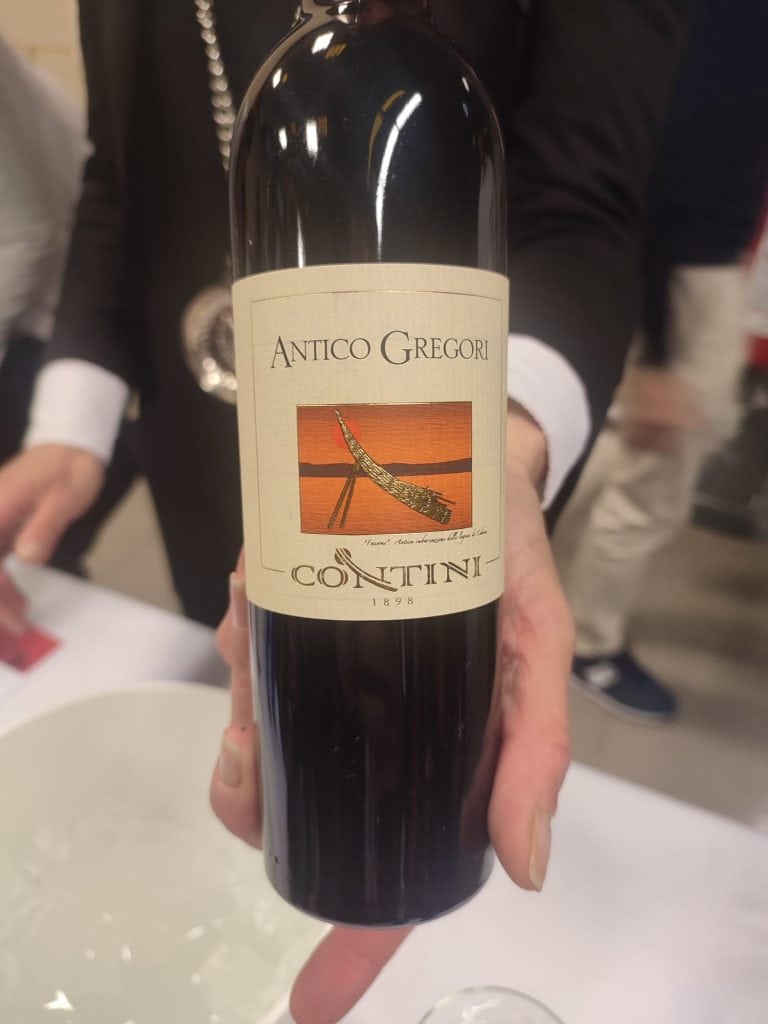
Vernaccia di Oristano Antico Gregori Ris. ’79 – Contini
The narrative of the Oristano wine territory passes through the history of this winery, founded in 1898 by Salvatore Contini. Over time, the business grew under the direction of Salvatore’s son Attilio, and today the fourth generation — cousins Alessandro and Mauro — keep this Sardinian flagship alive. Standing out in the winery’s production is the Vernaccia di Oristano, an oenological gem of the island. This Antico Gregori Riserva ’79 is perhaps its crowning jewel. An emotional wine, no doubt — blending the sensation of dried fruit with those iodised puffs that rise from a stormy sea. It carries with it faint and distant memories of yellow fruit in a sip of pure allure.

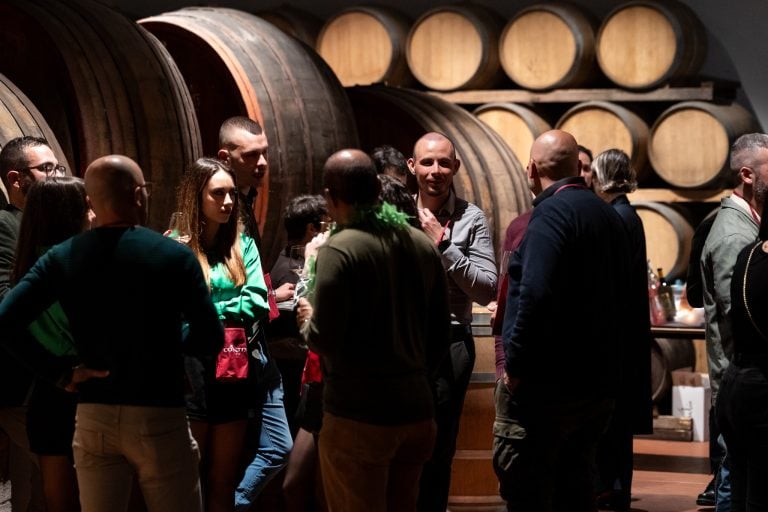
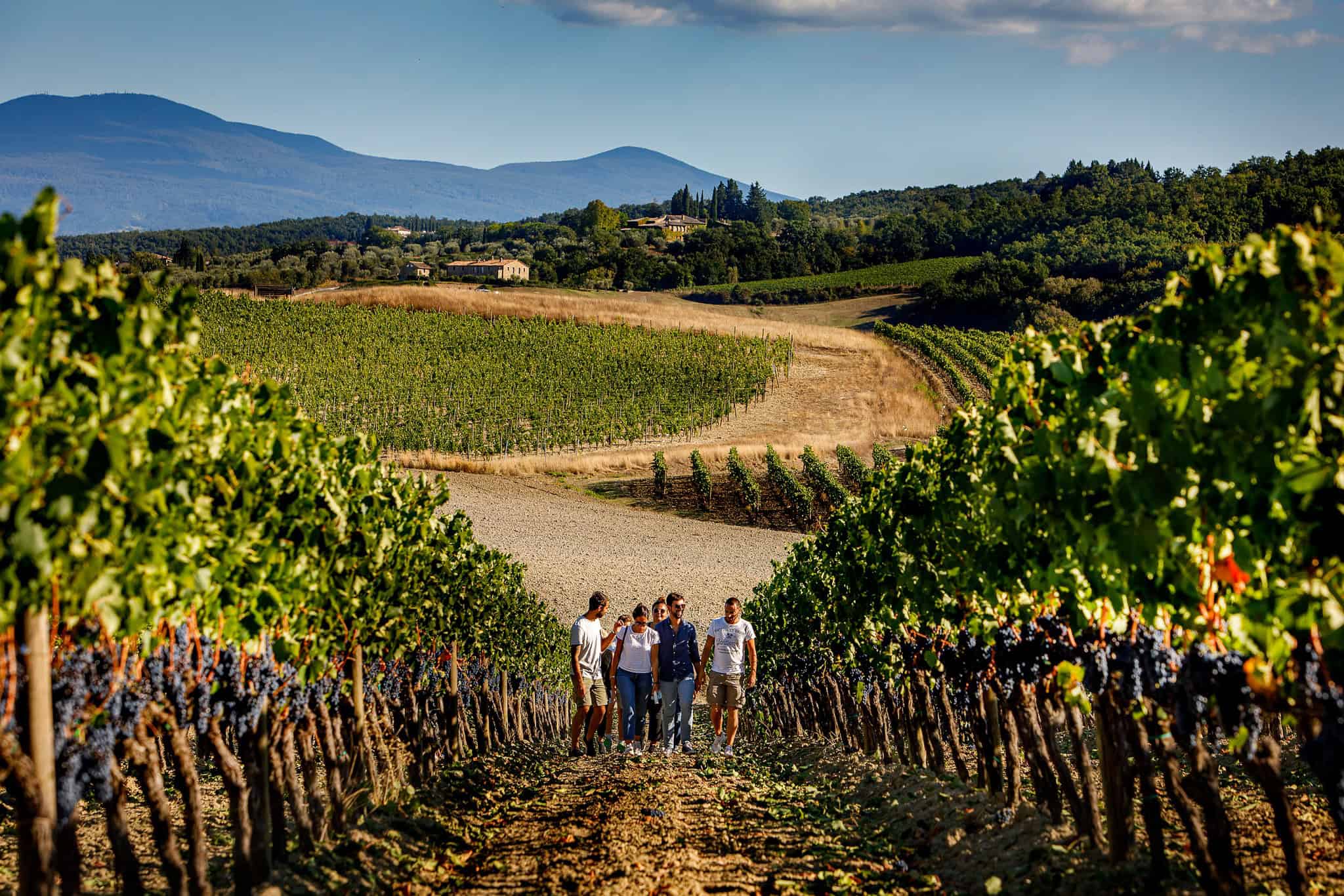 Chianti and Etna the favourite destinations for American and British tourists. Italians aim for the Cinque Terre
Chianti and Etna the favourite destinations for American and British tourists. Italians aim for the Cinque Terre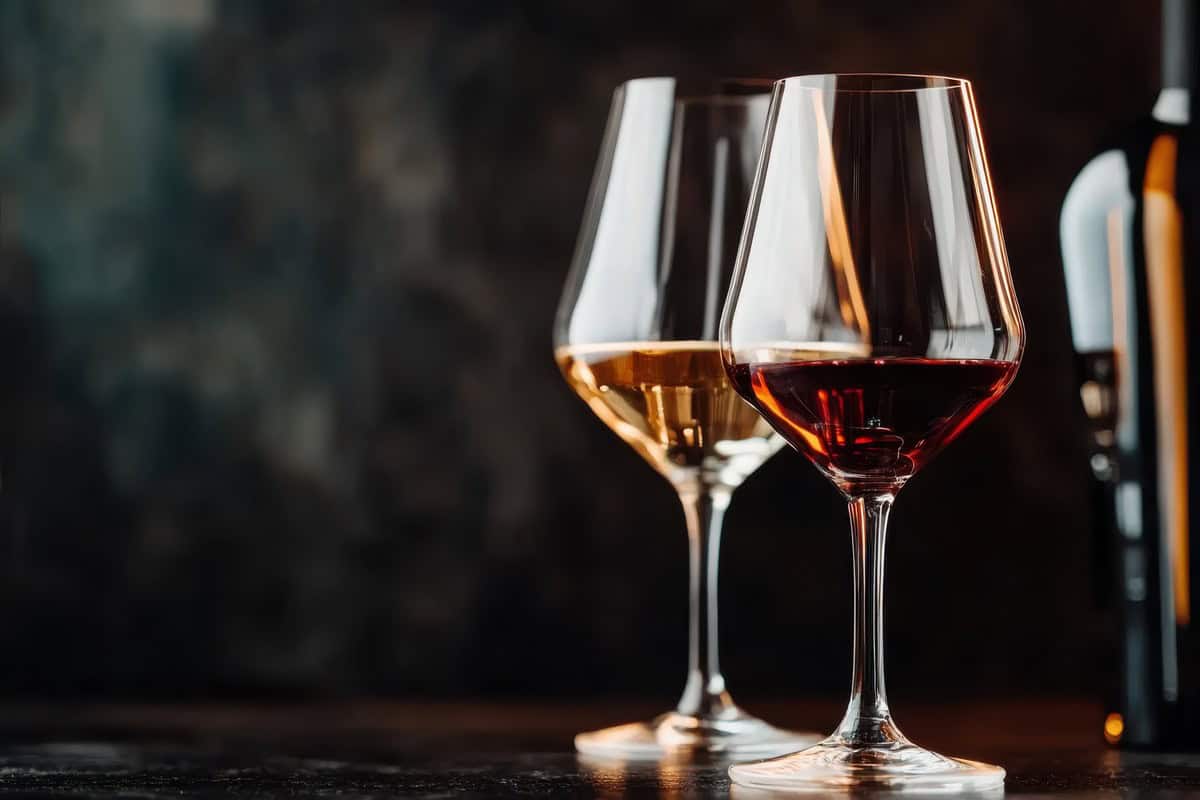 Ten Etna wines with the best value for money. Here they are
Ten Etna wines with the best value for money. Here they are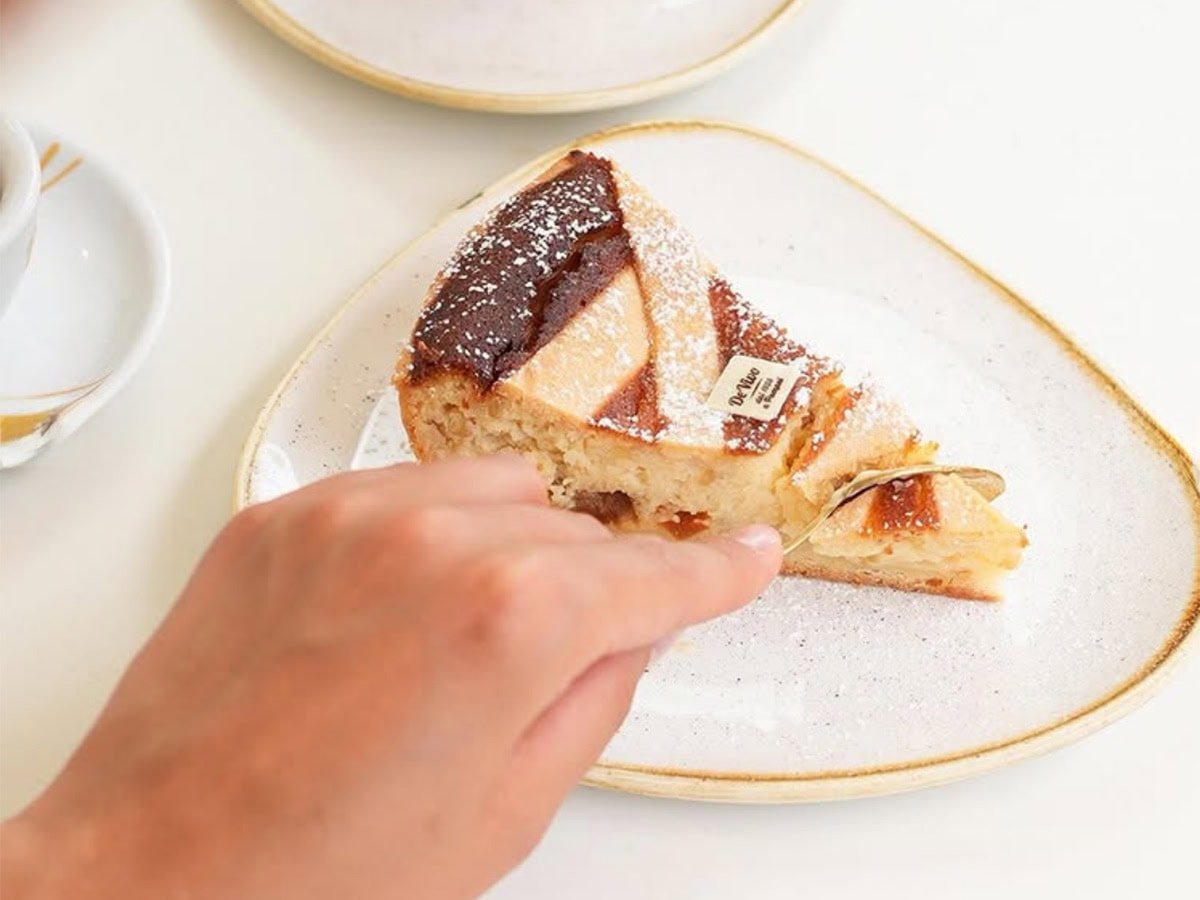 The top patisserie just steps from the Pompeii ruins where you can enjoy exceptional pastiere and croissants
The top patisserie just steps from the Pompeii ruins where you can enjoy exceptional pastiere and croissants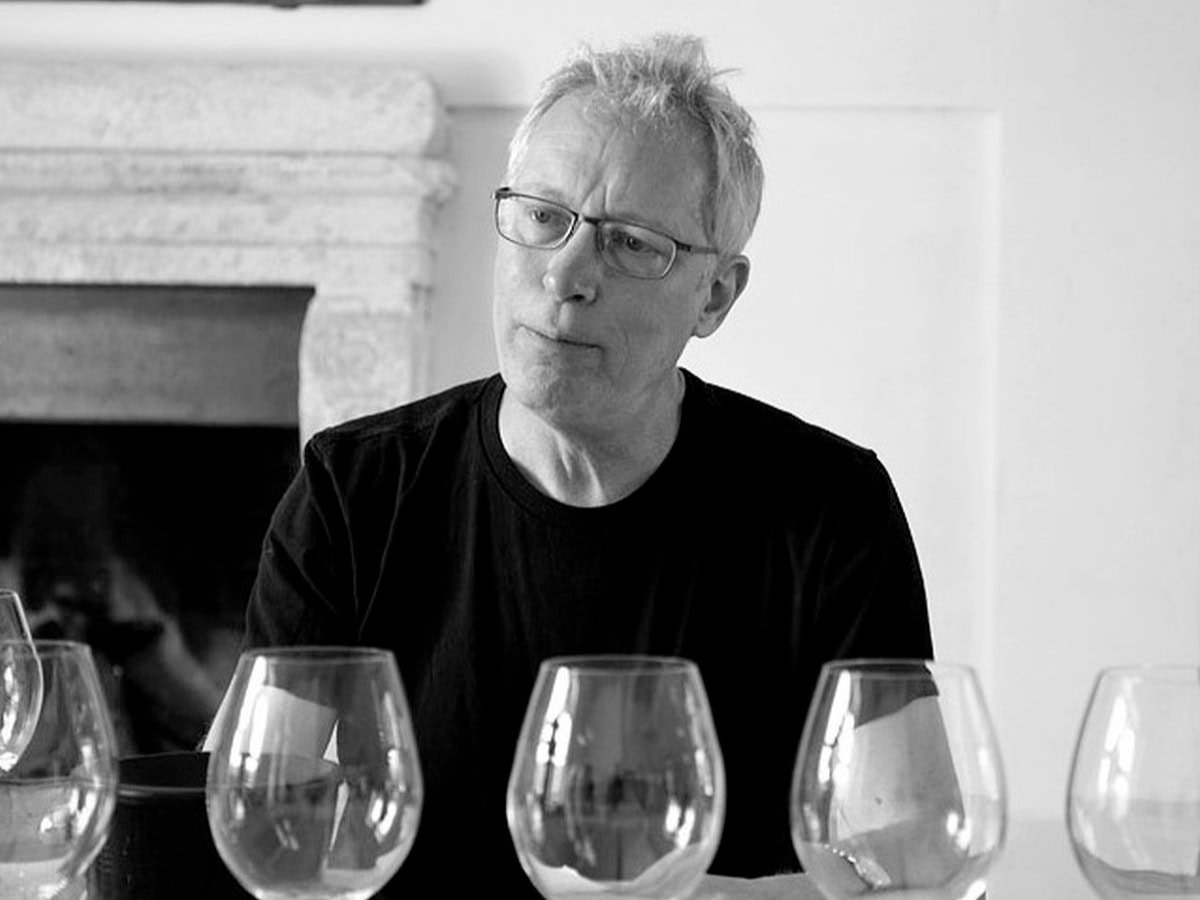 Tariffs? “The wine market will be dominated only by big groups.” Eric Asimov of the New York Times speaks out
Tariffs? “The wine market will be dominated only by big groups.” Eric Asimov of the New York Times speaks out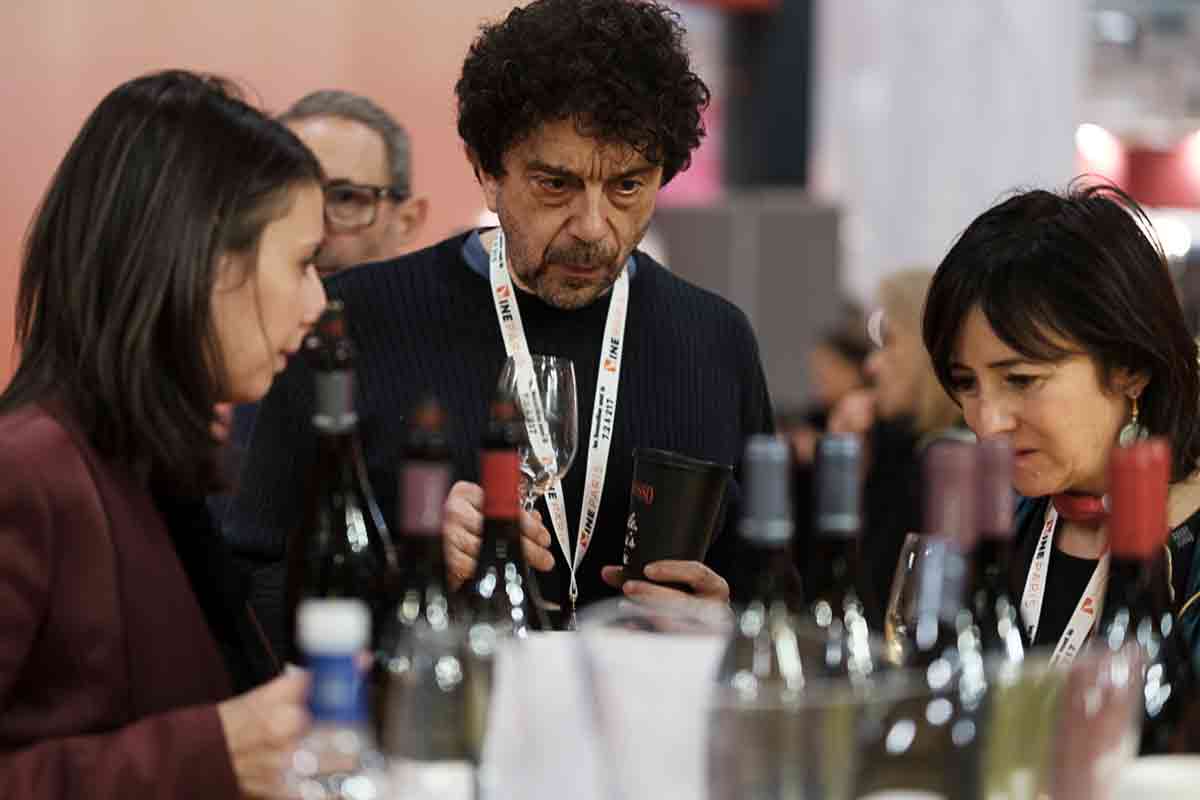 Tre Bicchieri meets Wine Paris
Tre Bicchieri meets Wine Paris

